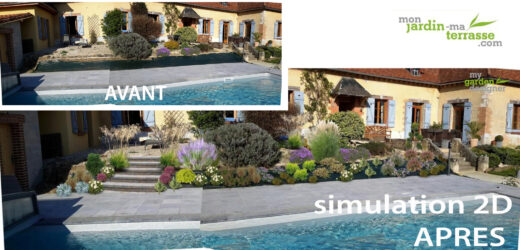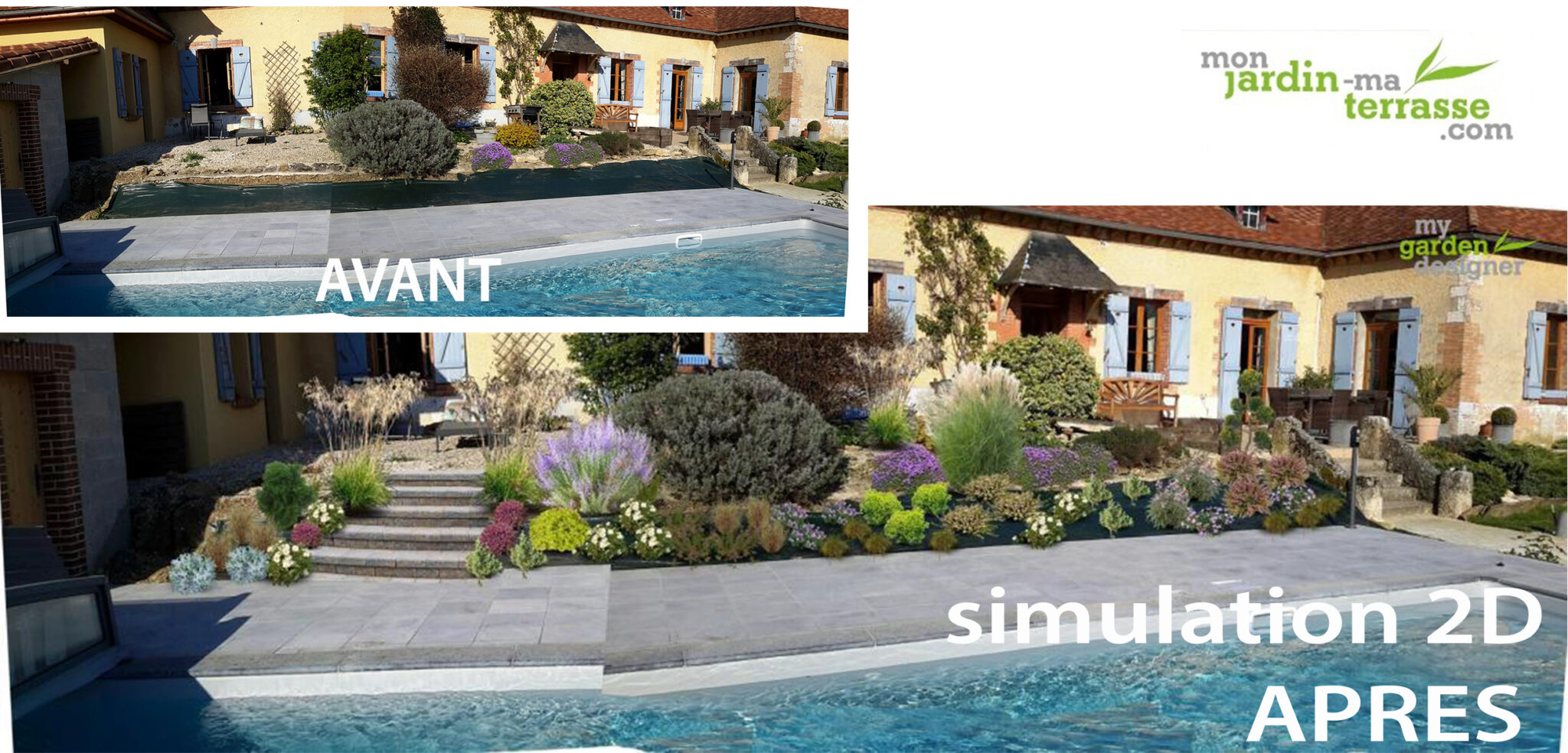
Landscaping a small slope may seem complicated and difficult to organize, but it’s a space that many plants will particularly appreciate. As for access via a staircase for a small slope (less than 2 m high), a staircase facing the slope will do just fine. For higher buttes, plan to make landings or zig-zag diagonals to smooth the climb, or place low support walls to prevent the butte from gullying in heavy rain. Count on a maximum step height of 17 to 20 cm. Caution: don’t omit an inclined surface if you have to move around with a wheelbarrow or heavy equipment.

Your plants will benefit from more sunshine than those on flat ground, and above all they won’t have their roots stuck in soggy soil, as water will run off.
You should choose plants that like these conditions, which are found naturally in low mountain regions and with so-called Mediterranean plants (for the latter, add river sand or gravel to the soil when planting to increase drainage).
We recommend rockery plants and ground coverers, which both hold the soil with their roots and quickly cover it, protecting it from gullying. There’s one for every climate (even the mountains!).
As far as mulch is concerned, we’re not in favor of using woven fabric when laying out your embankment, because although practical, it’s generally ugly to have so much plastic in front of you. What’s more, you won’t even be able to camouflage it under RCW or other natural mulch, because whatever’s on it will slide right off. We recommend 7cm to 10cm of compacted RCW , which will prevent weeds from growing and enrich your soil while retaining moisture.
If you too would now like to simulate how to create your own little bute, take a test with our website: 